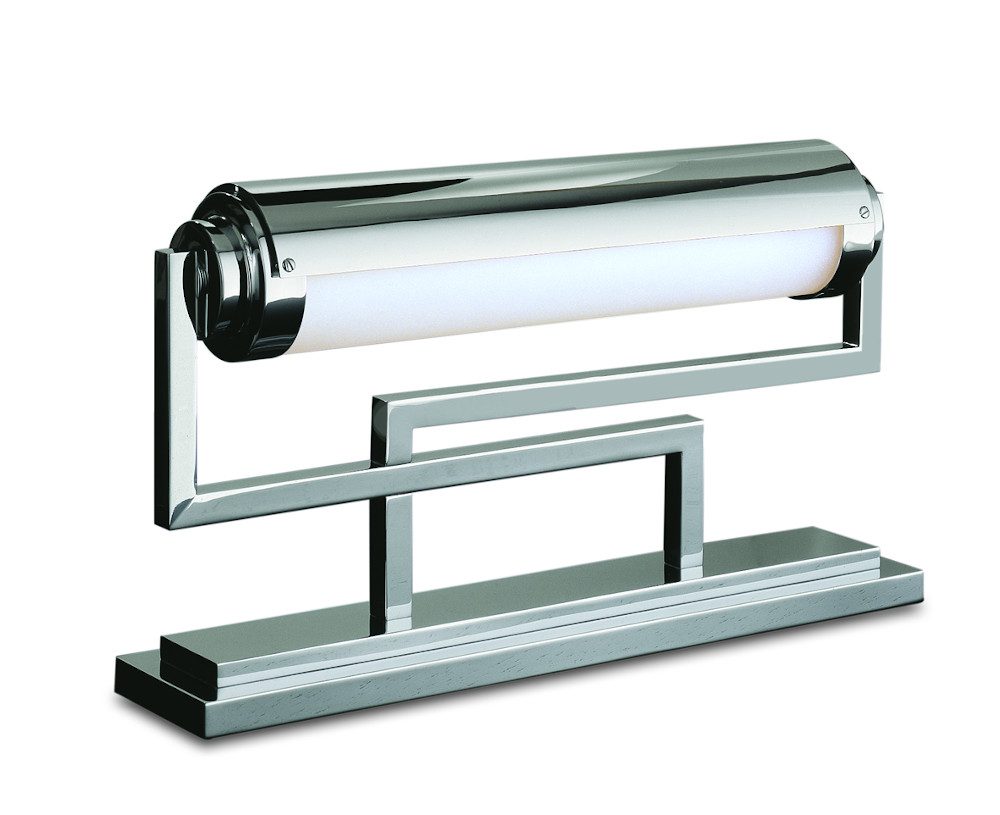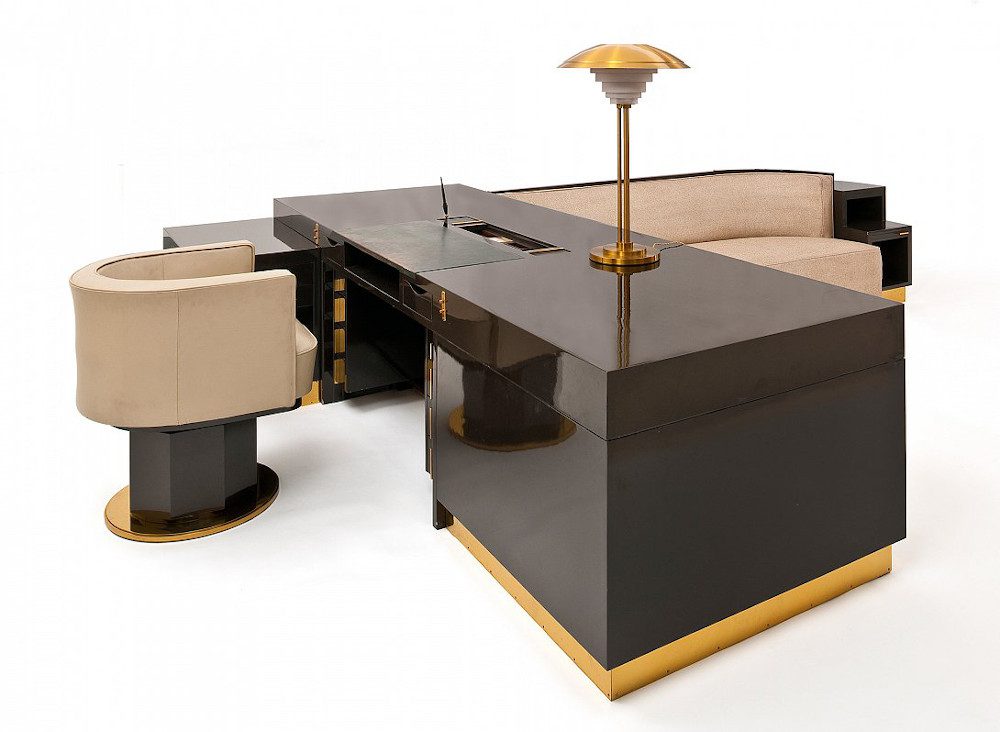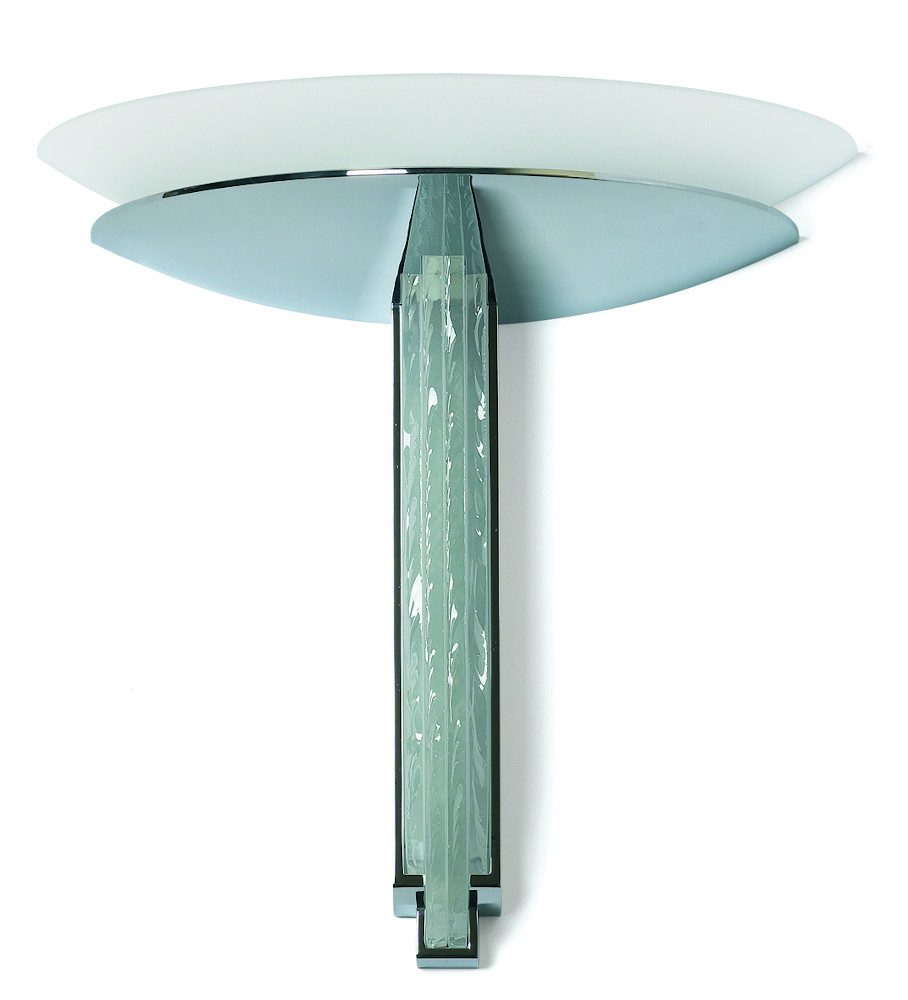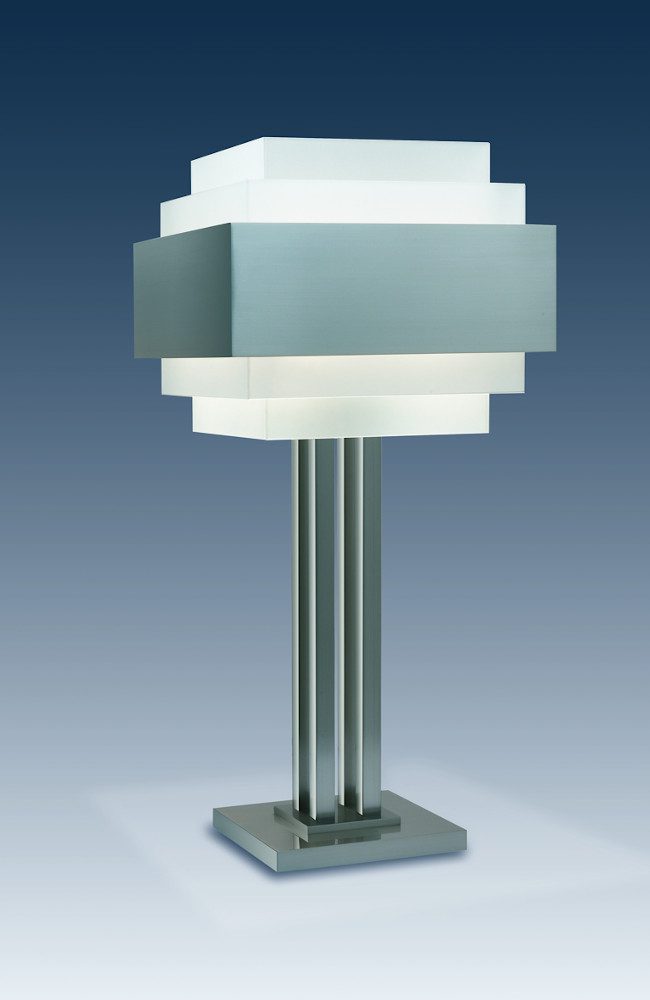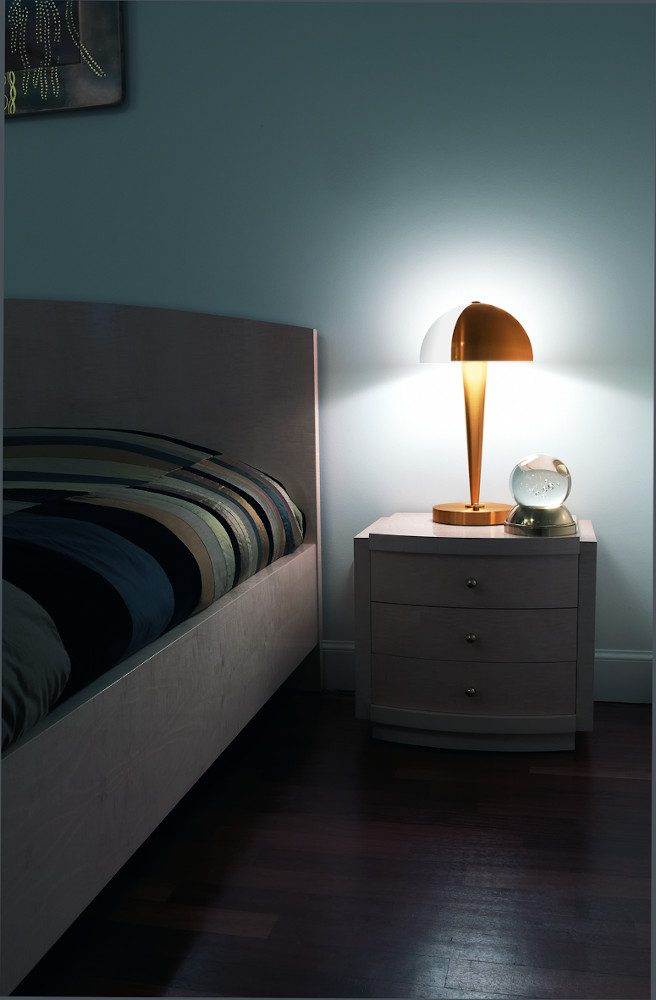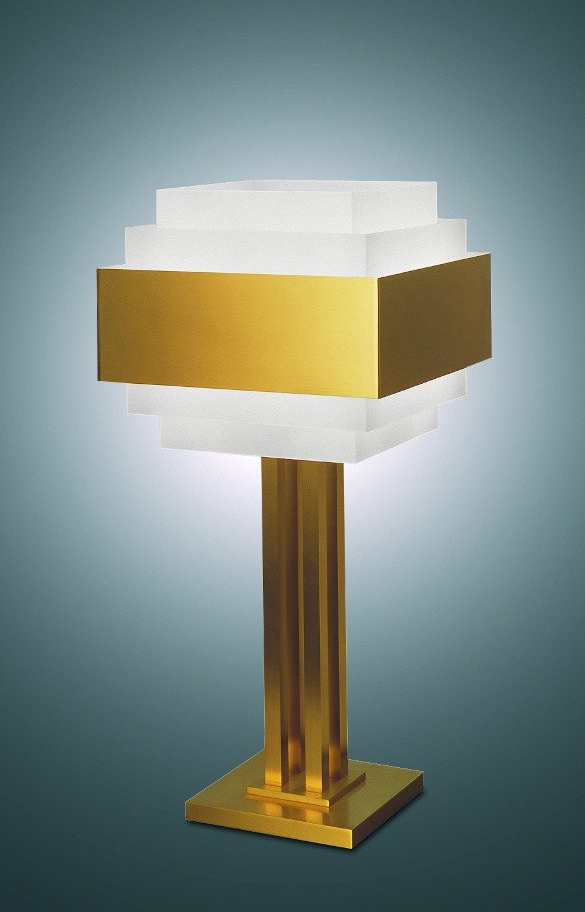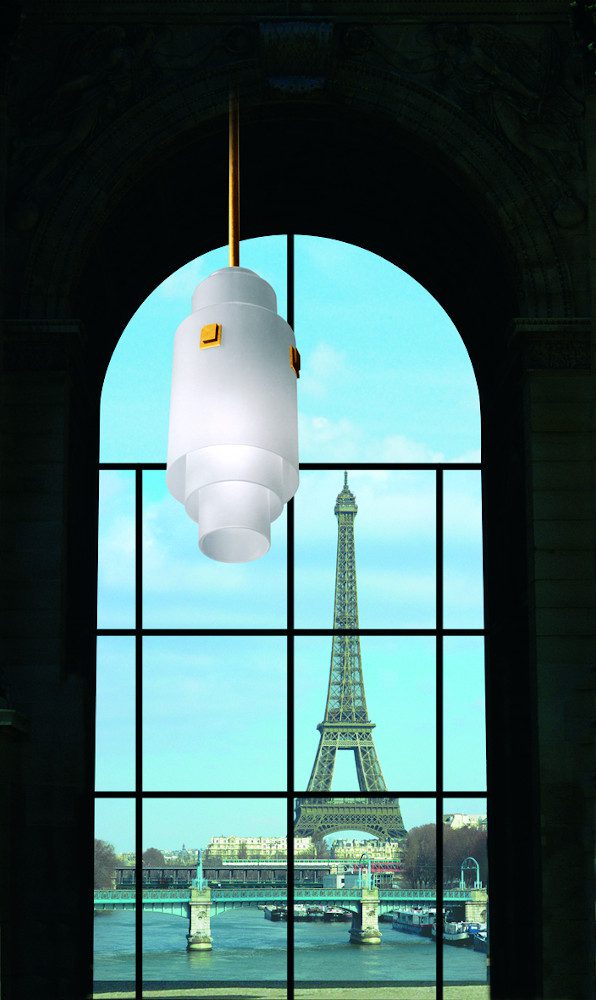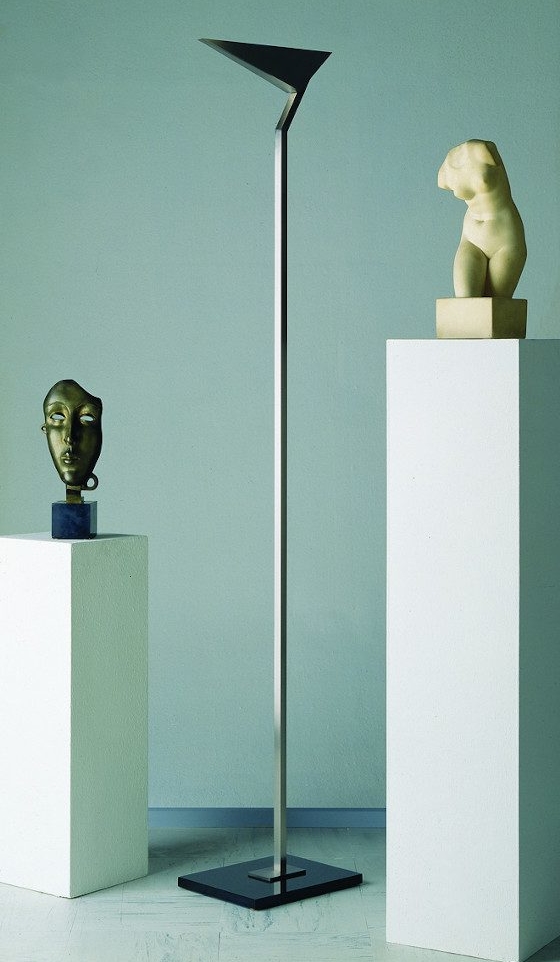From 1920 to 1939, Art Deco revolutionized the architecture and design of the 20th century and saw the birth of the company of Jean Perzel which will left its mark on the world of decoration, by creating lighting and furniture in glass and bronze, which will adorn the most prestigious places.
Electric lighting is widespread, but it’s crude, the light is harsh. A glass painter by training, Jean Perzel was the first to think about light. He participates in international exhibitions and wins prestigious competitions.
He replaces the fabric shades with bronze with a white finish inside to better direct the light. Surprisingly modern, he creates pieces that respect visual comfort and allow you to play with the intensity of light: a bronze band to protect the eyes, pivoting covers to modulate the light, sandblasted glass or interlacings of glass to soften it.
Throughout its history, many great names and major organizations have chosen the designs of Jean Perzel around the world: the court of the King of the Belgians, Henry Ford, the Rothschild family, General de Gaulle, President Georges Pompidou, the King of Morocco, the Maharajah of Indore, the UN in Geneva, the liner Normandie.
Today the continuity of this family tradition is ensured by Olivier Raidt, grand-nephew of the founder who continues to create pieces with timeless lines.
The Parisian building from 1931, designed by the architect Roux-Spitz, still houses the Jean Perzel house. A rare occurrence in the capital, it even houses the workshop which makes all the pieces like a century ago. In this place full of history, the showroom allows visitors to discover the entire collection, from the 1930s to the present day.
All of the creations are bespoke handcrafted and signed. Each order can be personalized: finishes, dimensions… The use of noble materials guarantees the durability of the models and their value over the time. This mastery of traditional techniques has been recognized by the French State through the label “living heritage”.
“For optical glass our master glassmakers create crystal slats, assembly with bronze requires several limes, each piece is numbered, like a puzzle, and then signed. No visible screws, no glue… From fifty to more than one hundred and fifty hours are necessary depending on the model. It’s a labor of love. Light is life.”
